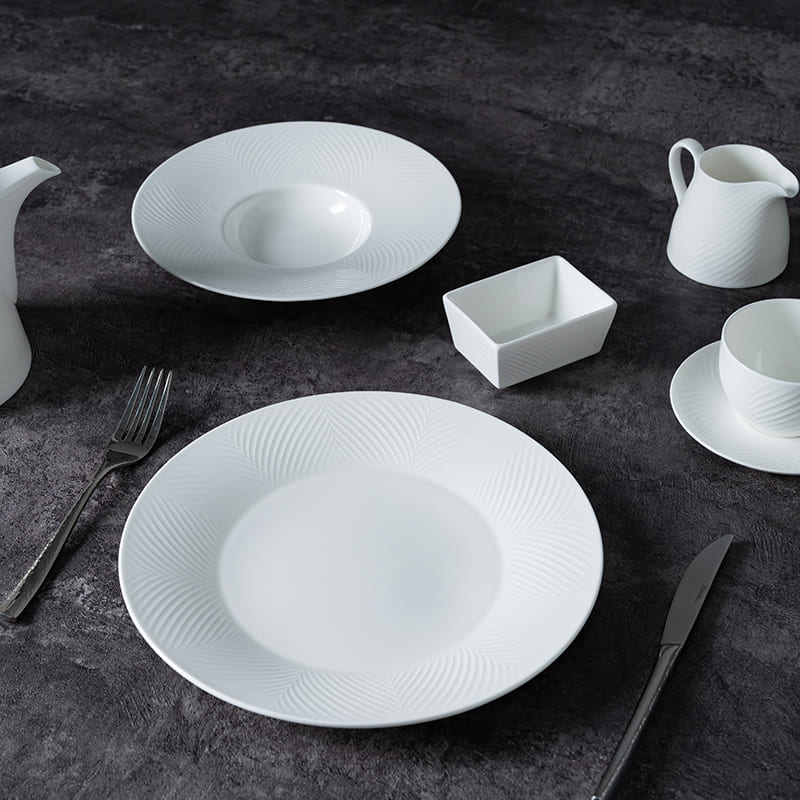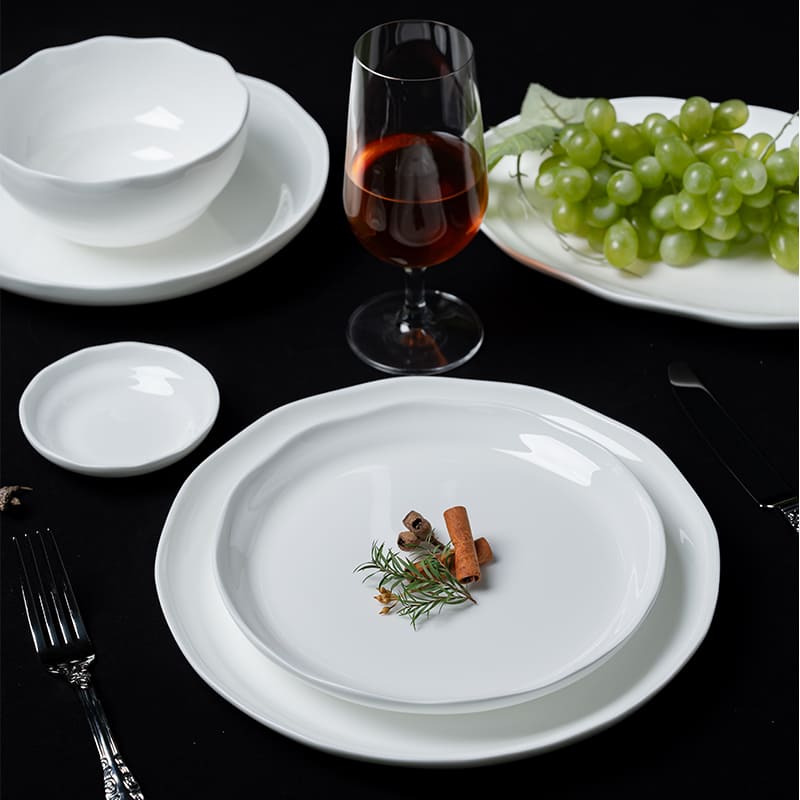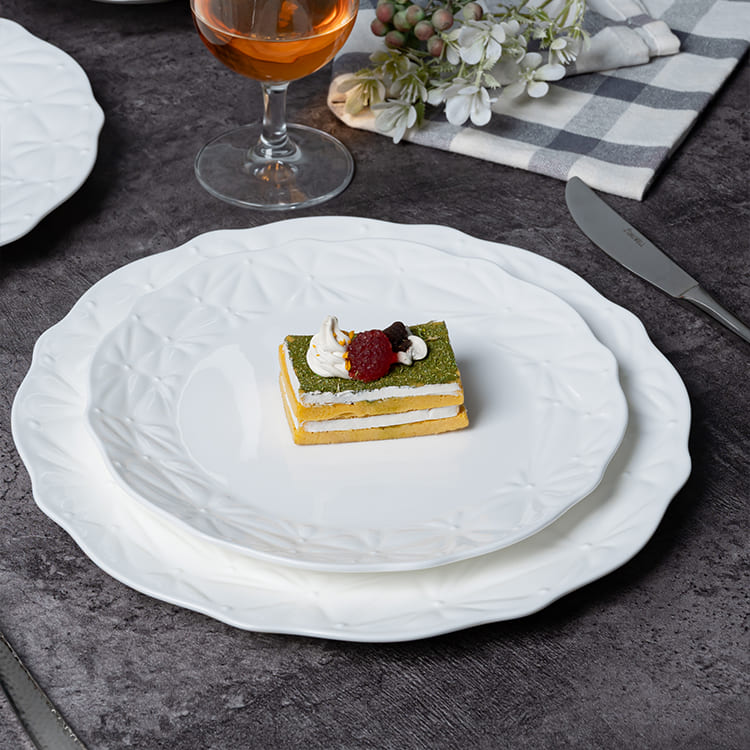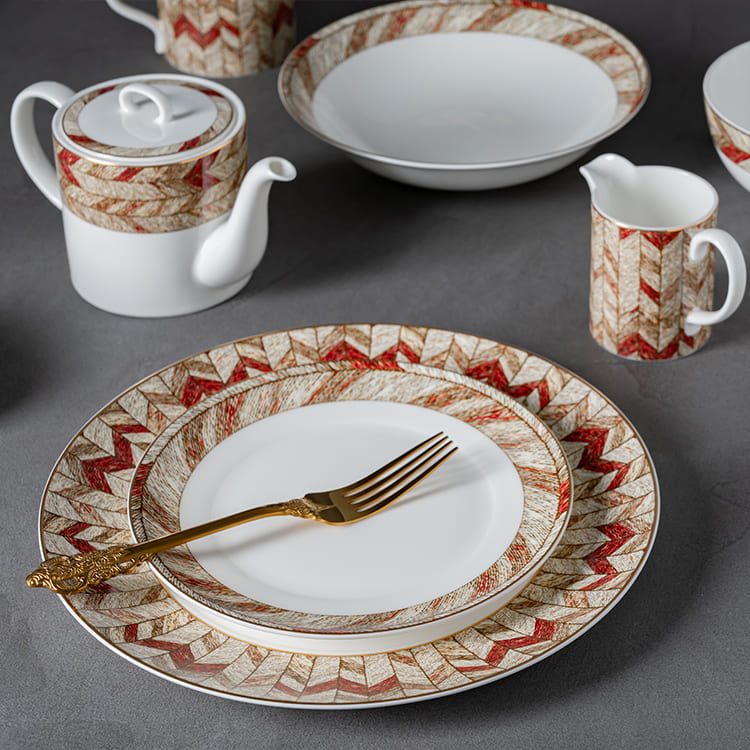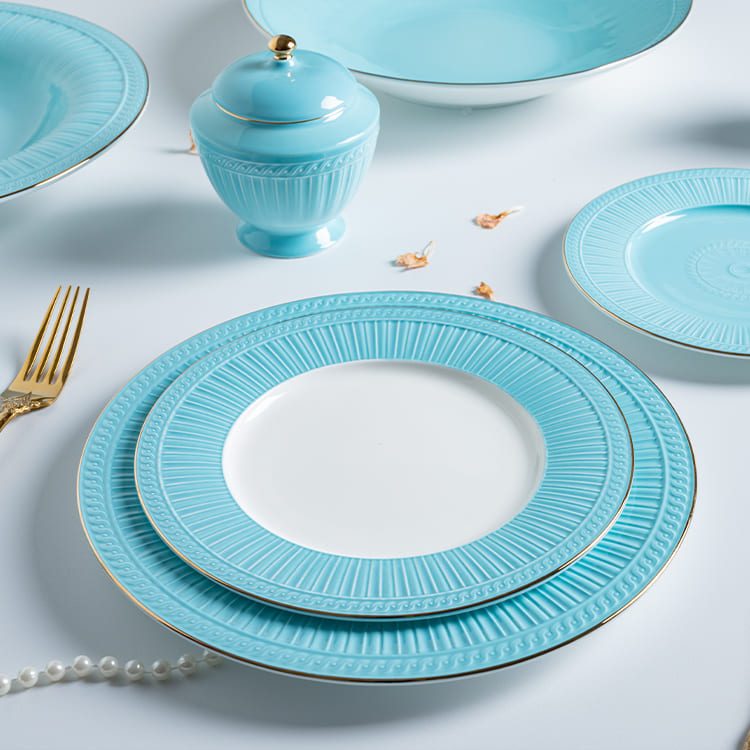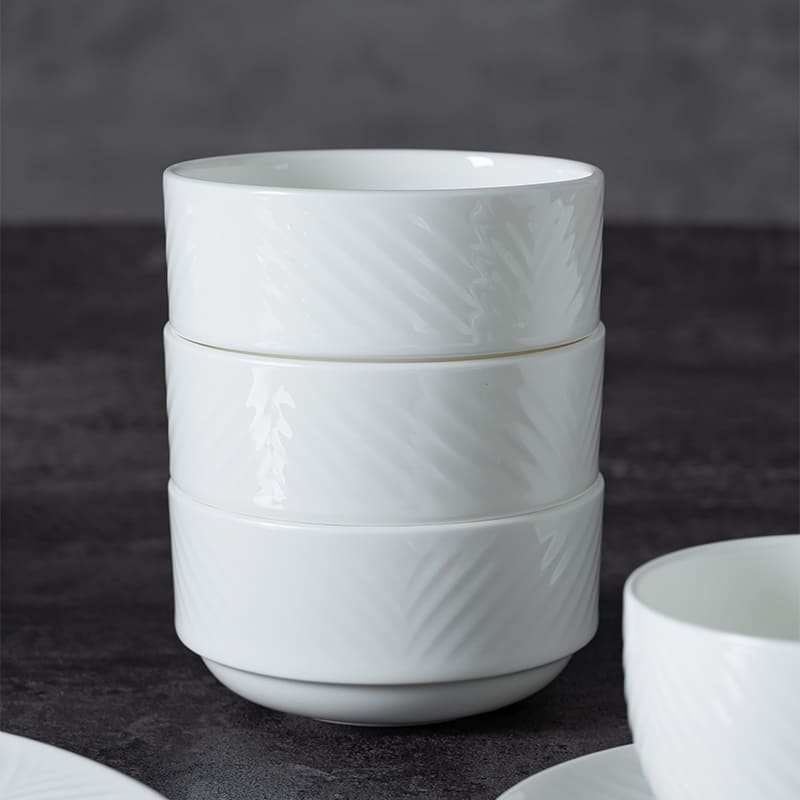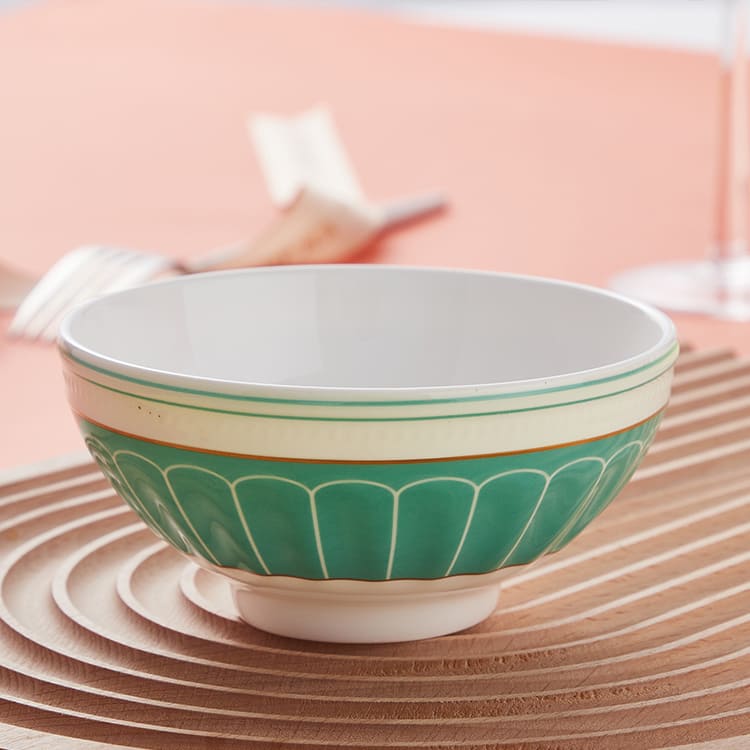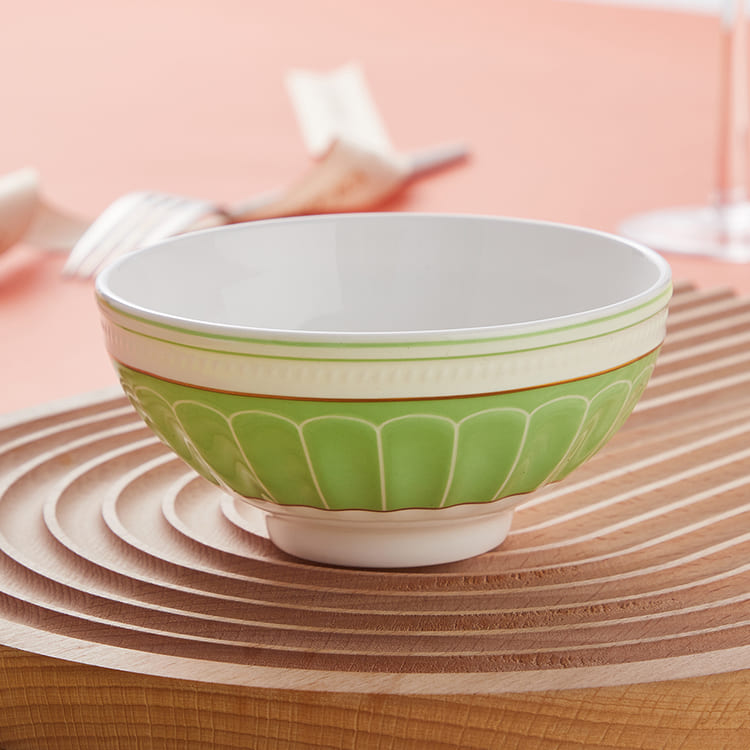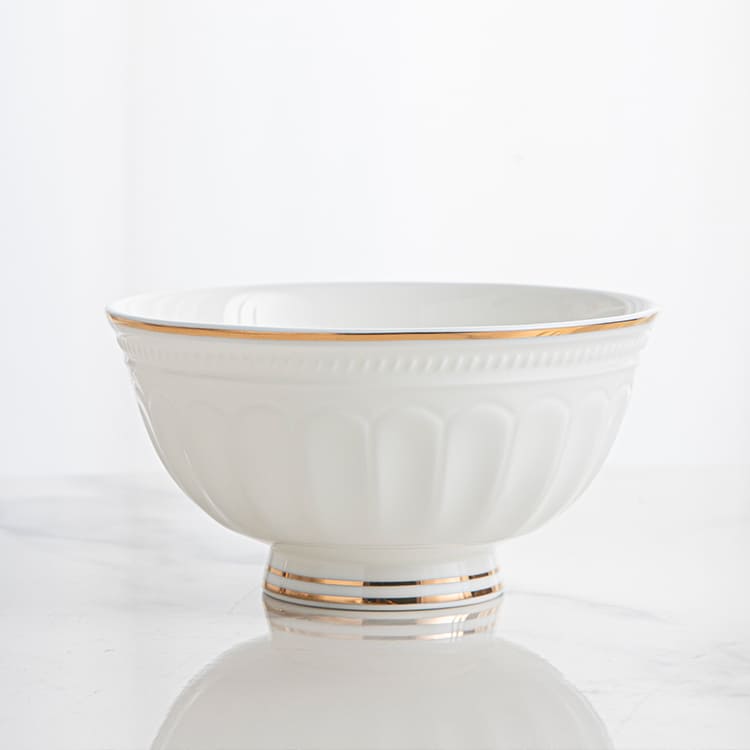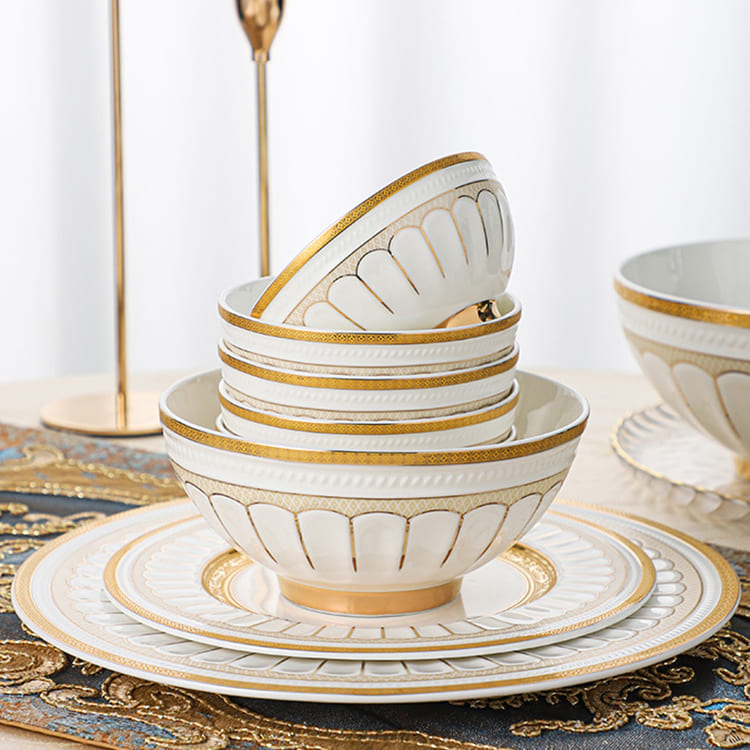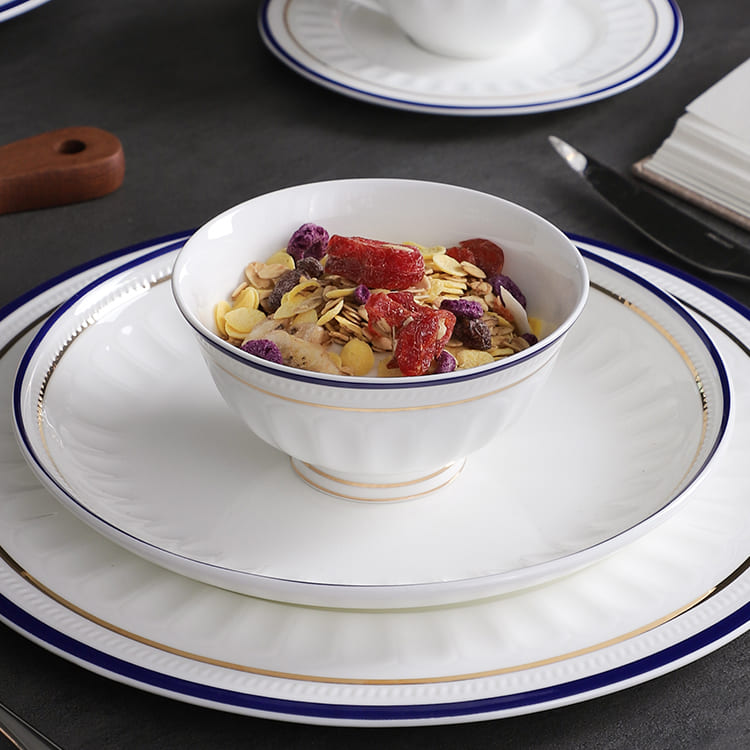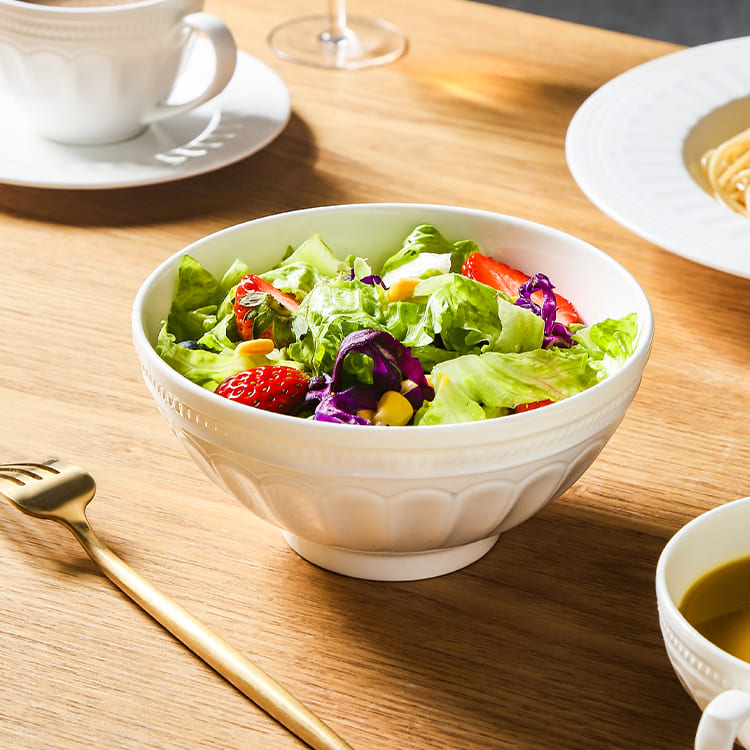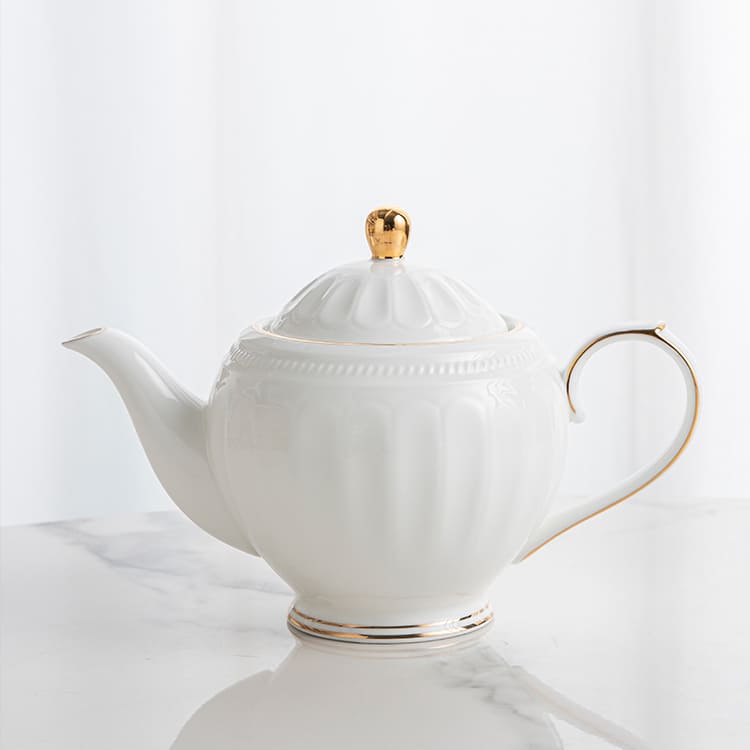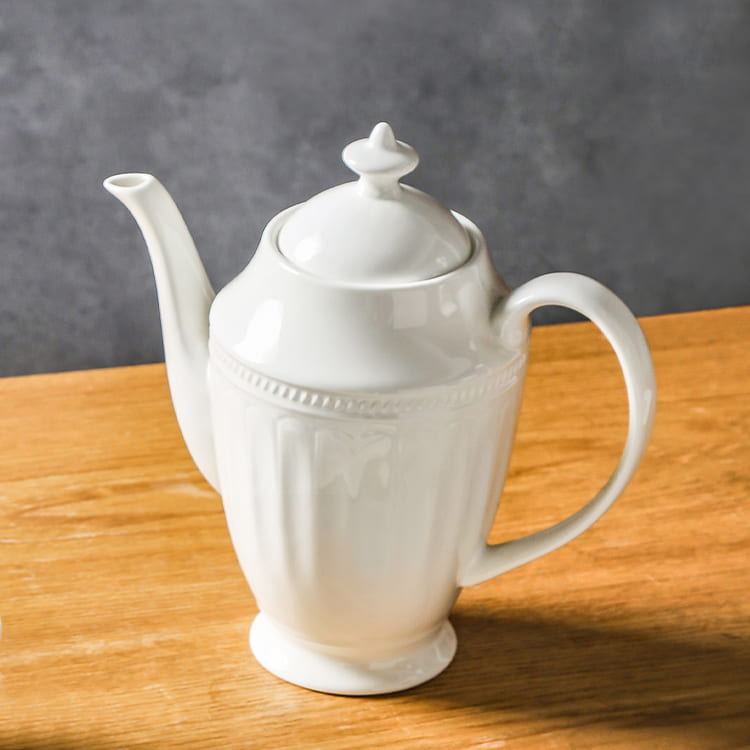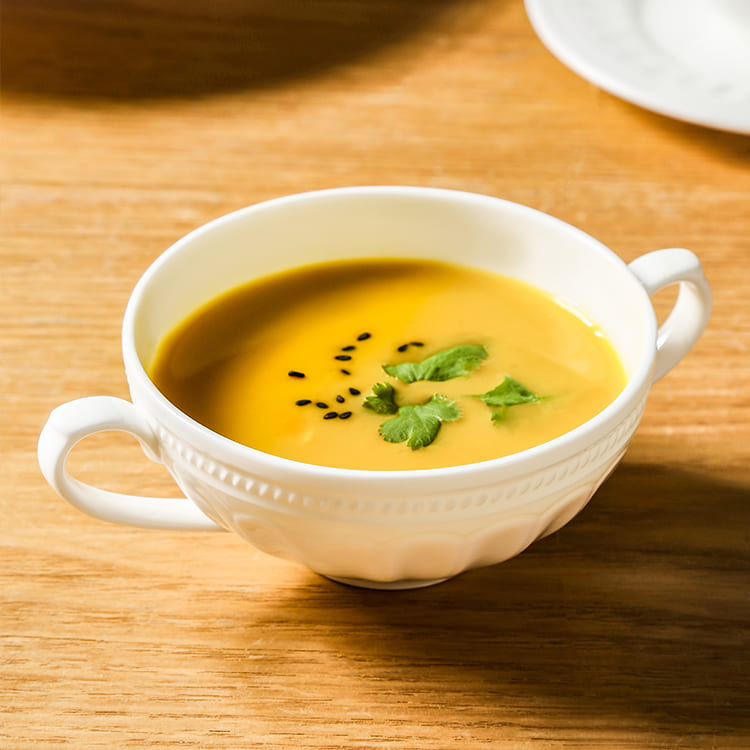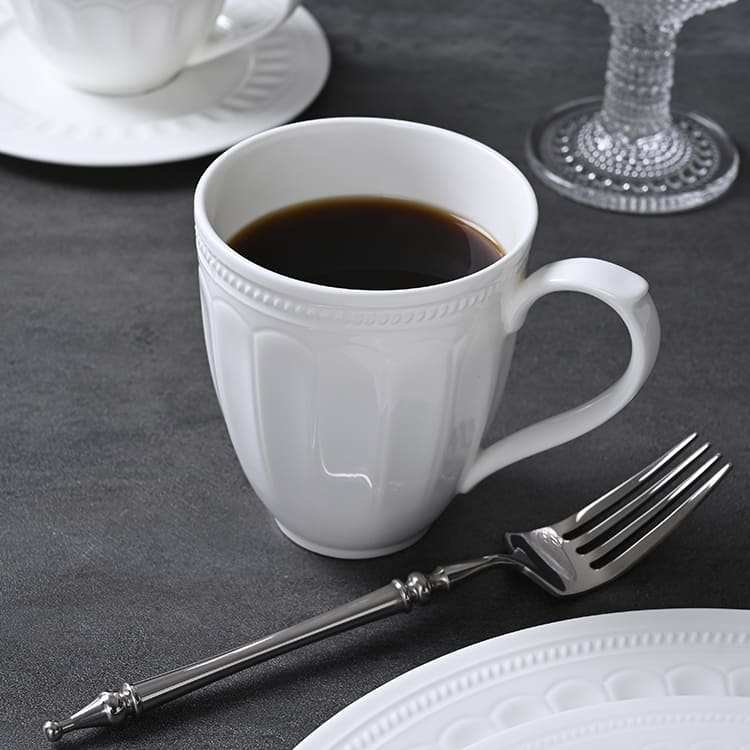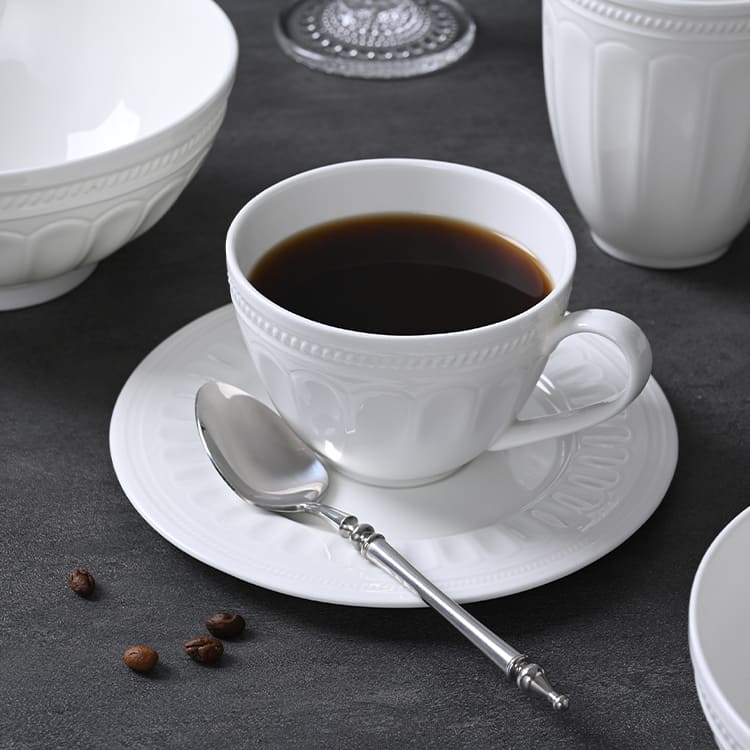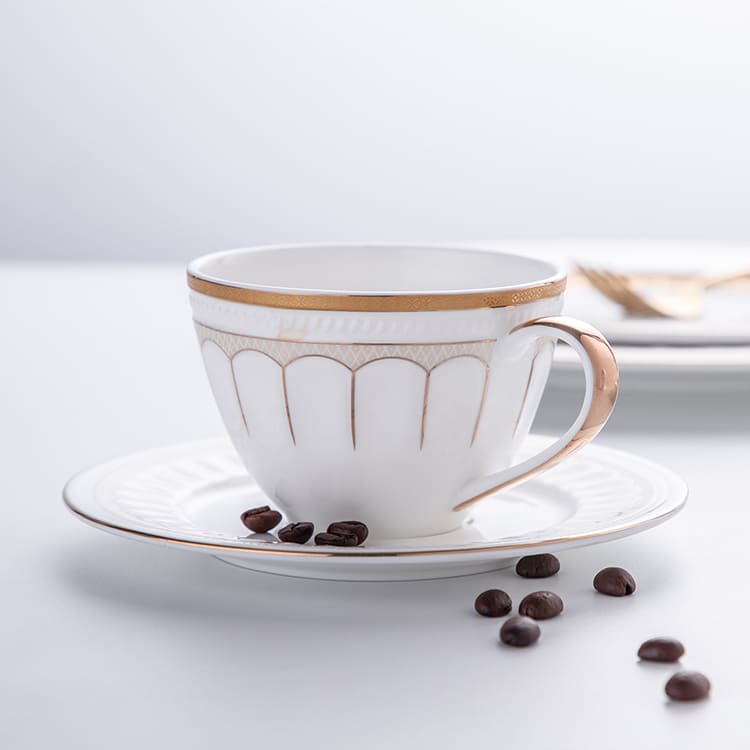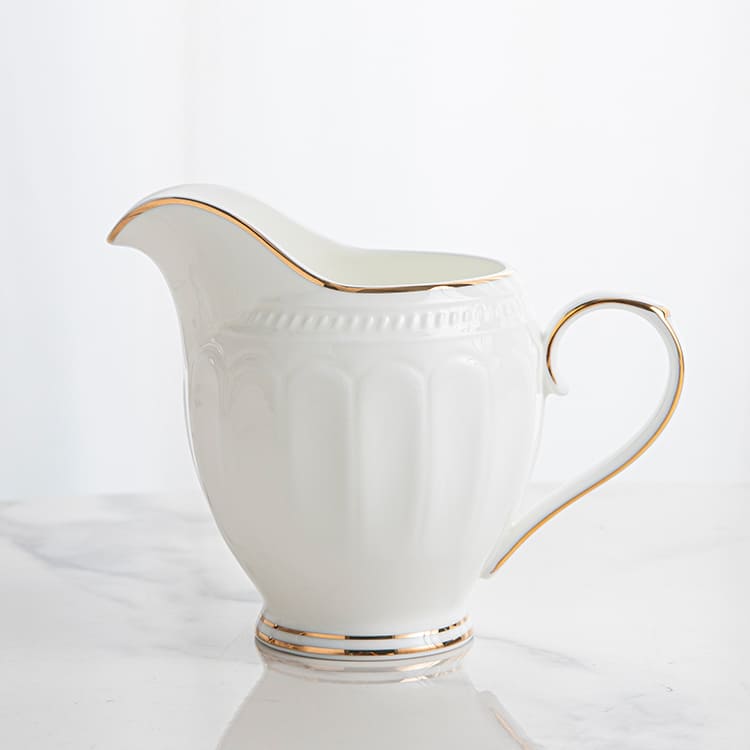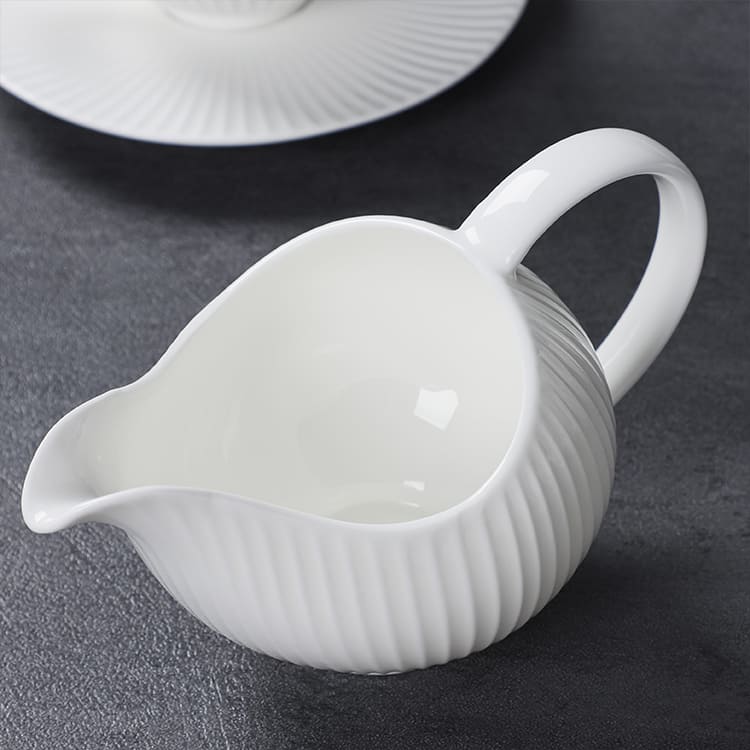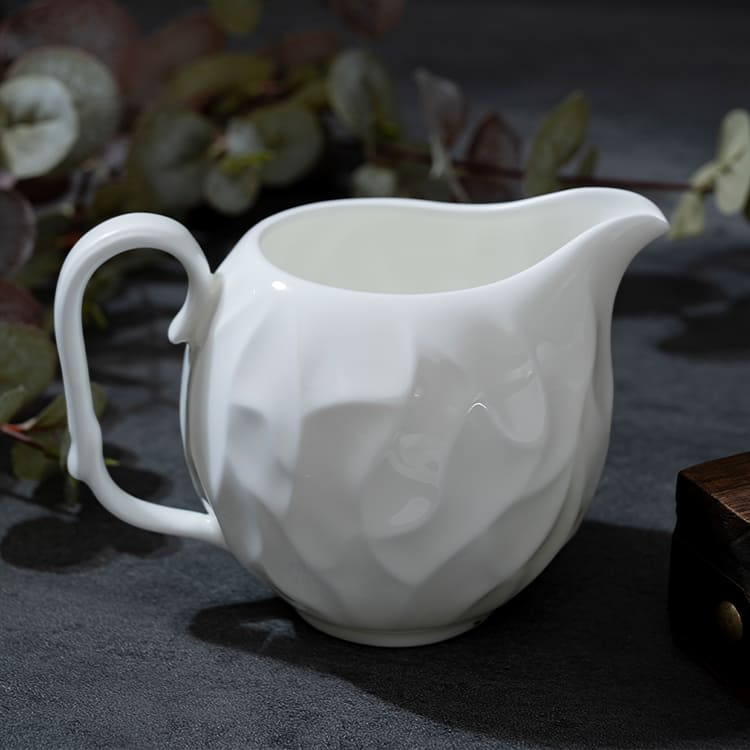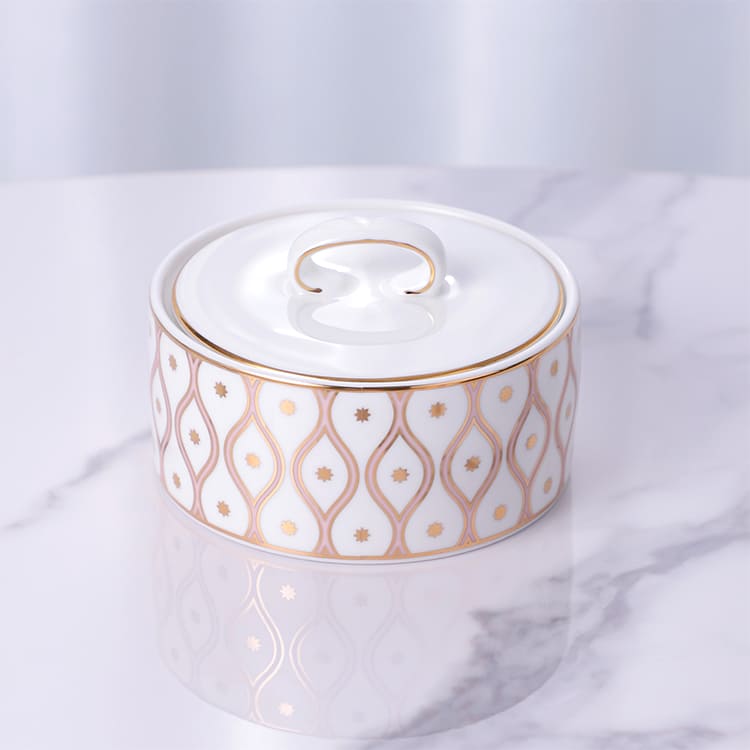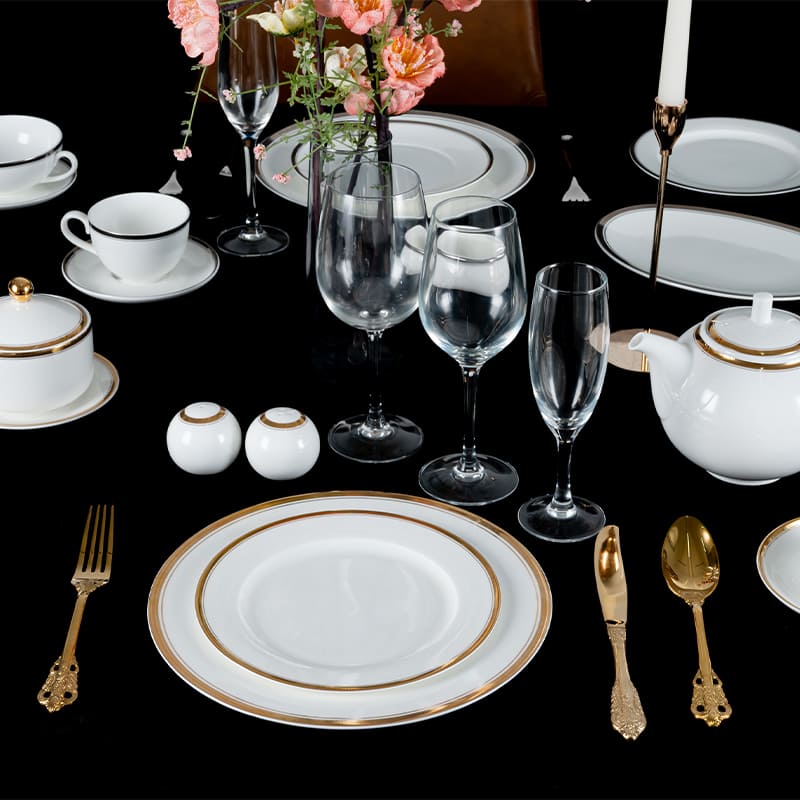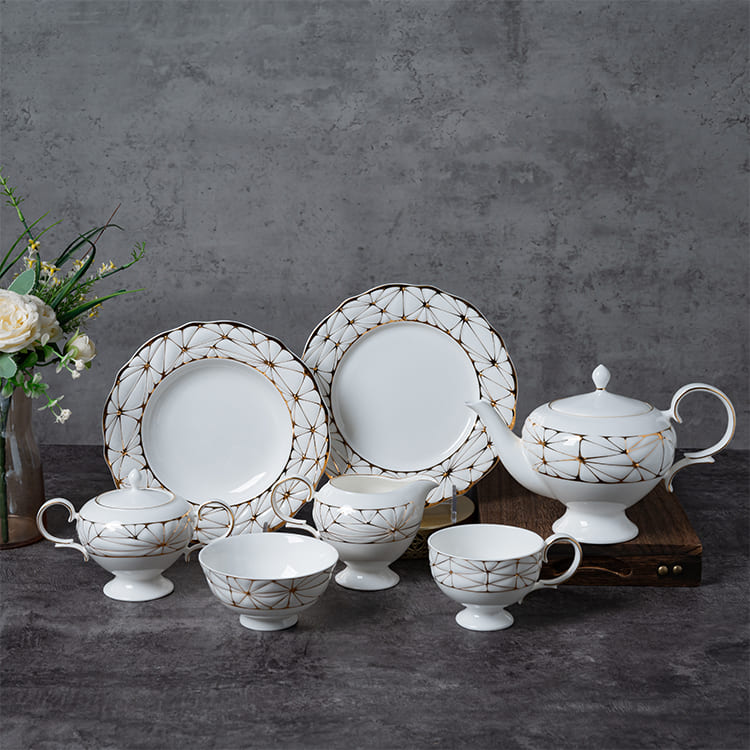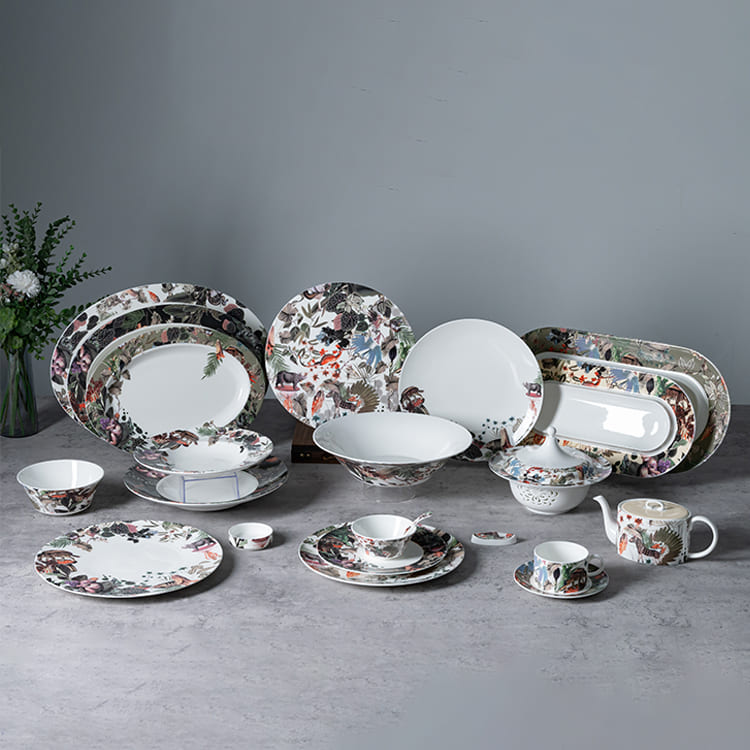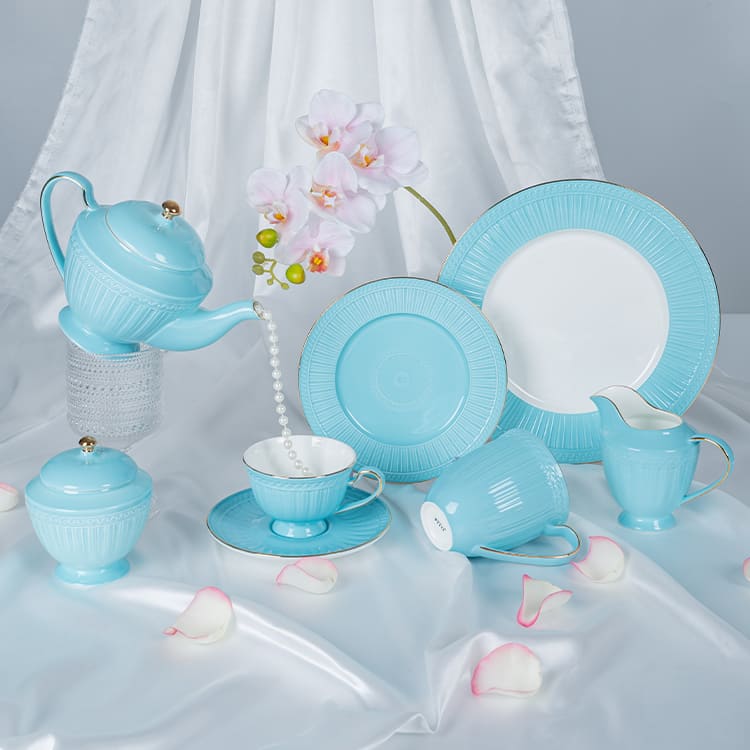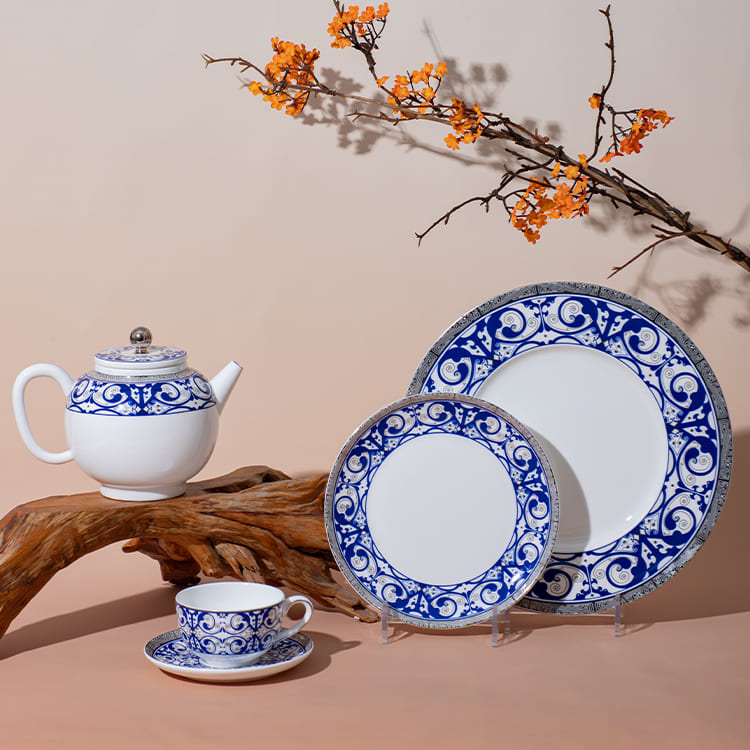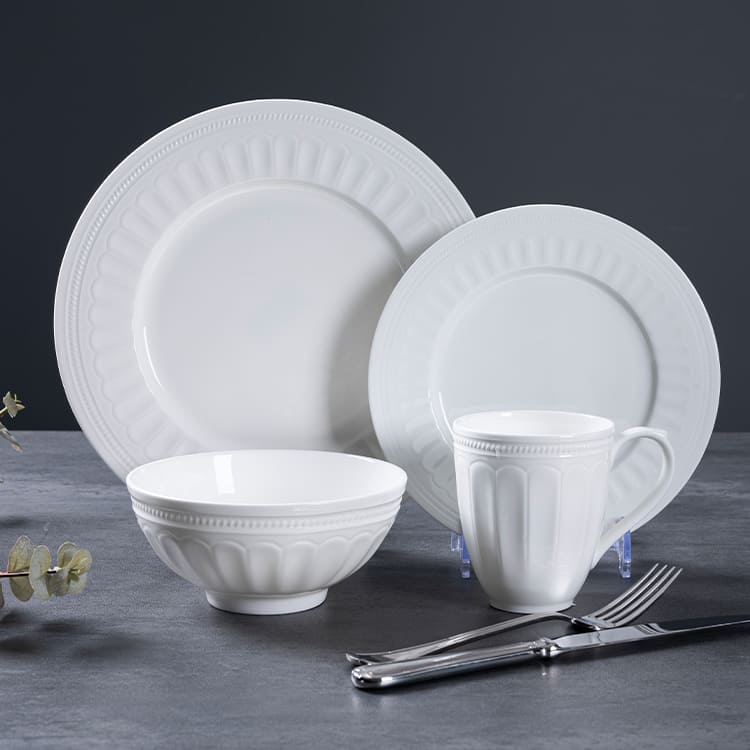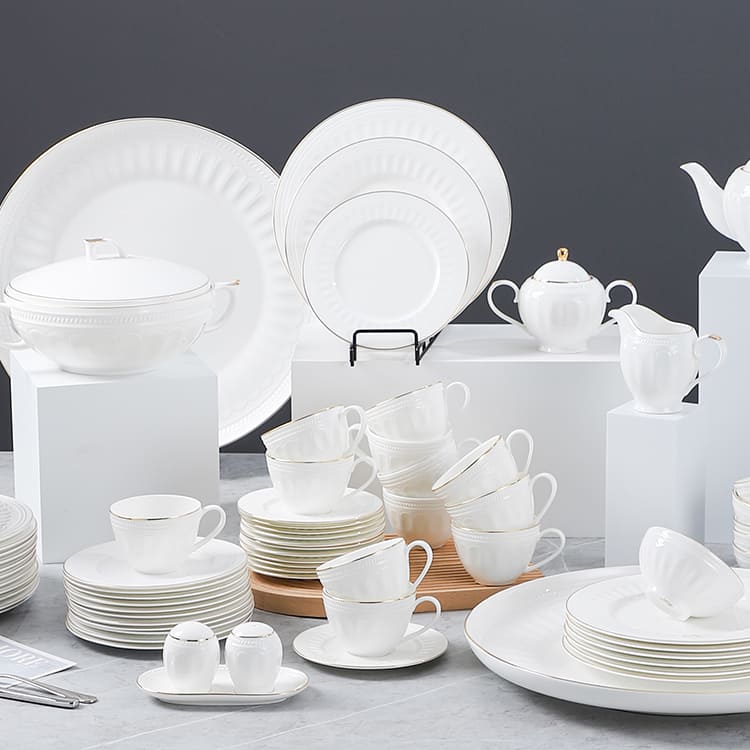Bone China Dinnerware
Discover PITO bone china dinnerware — lightweight, translucent, remarkable hardness, and durable. Bring lasting luxury and refined taste to restaurants, hotels, and home dining tables.
Bone China Catalog
The Beauty of Bone China, Rooted in Quality and Design

PITO has always embraced the philosophy of “Quality as the Core, Design as the Soul,” focusing on the research and design of high-end bone china dinnerware. Carefully selected premium bone china is fired at 1320℃, giving each piece a warm, jade-like touch and a crystal-clear, translucent luster.
Bone china is more than just tableware — it is an extension of your lifestyle, accompanying you during elegant dinners with guests or quiet meals alone, subtly reflecting taste and sophistication.
Lightweight, Translucent, and Elegantly Durable

The moment you hold PITO bone china dinnerware, you feel its lightness and resilience. Its strength allows it to withstand daily use, which is the unique charm of fine bone china. Thanks to precise material proportions and rigorous quality inspection, every piece is brilliantly clear, delicately textured, yet durable and practical.
Whether serving a hearty soup, a juicy steak, or a delicate dessert, PITO tableware enhances the colors and textures of your dishes, making every meal a more layered and refined experience.
From Grand Banquets to Everyday Dining, Always Refined

From grand banquets in luxury hotels to intimate family dinners, PITO bone china dinnerware fits seamlessly in any setting. Its pure white luster highlights the precision and vibrancy of your dishes, elevating the presentation.
What sets PITO tableware apart is its versatility — suitable not only for professional dining but also for everyday use. Choosing PITO means choosing a high-quality lifestyle — where every meal is a feast for both the eyes and the palate.
The Beauty of Bone China, Rooted in Quality and Design
PITO has always embraced the philosophy of “Quality as the Core, Design as the Soul,” focusing on the research and design of high-end bone china dinnerware. Carefully selected premium bone china is fired at 1320℃, giving each piece a warm, jade-like touch and a crystal-clear, translucent luster.
Bone china is more than just tableware — it is an extension of your lifestyle, accompanying you during elegant dinners with guests or quiet meals alone, subtly reflecting taste and sophistication.

Lightweight, Translucent, and Elegantly Durable
The moment you hold PITO bone china dinnerware, you feel its lightness and resilience. Its strength allows it to withstand daily use, which is the unique charm of fine bone china. Thanks to precise material proportions and rigorous quality inspection, every piece is brilliantly clear, delicately textured, yet durable and practical.
Whether serving a hearty soup, a juicy steak, or a delicate dessert, PITO tableware enhances the colors and textures of your dishes, making every meal a more layered and refined experience.

From Grand Banquets to Everyday Dining, Always Refined
From grand banquets in luxury hotels to intimate family dinners, PITO bone china dinnerware fits seamlessly in any setting. Its pure white luster highlights the precision and vibrancy of your dishes, elevating the presentation.
What sets PITO tableware apart is its versatility — suitable not only for professional dining but also for everyday use. Choosing PITO means choosing a high-quality lifestyle — where every meal is a feast for both the eyes and the palate.

Bone China Expertise
Not sure which bone china dinnerware fit to your needs?
Bone china dinnerware enjoys glorious reputation in fancy commercial occasions and events. Figuring out your needs before ordering is crucial.
- One of the core materials for bone china is bone ash, making it much lighter in weight than other ceramic products.
- Compared to porcelain, bone china dinnerware is lighter and more expensive, more commonly seen in fancy events and commercial gatherings.
- Size and shape are important when choosing dinnerware, choices should be made based on occasions.

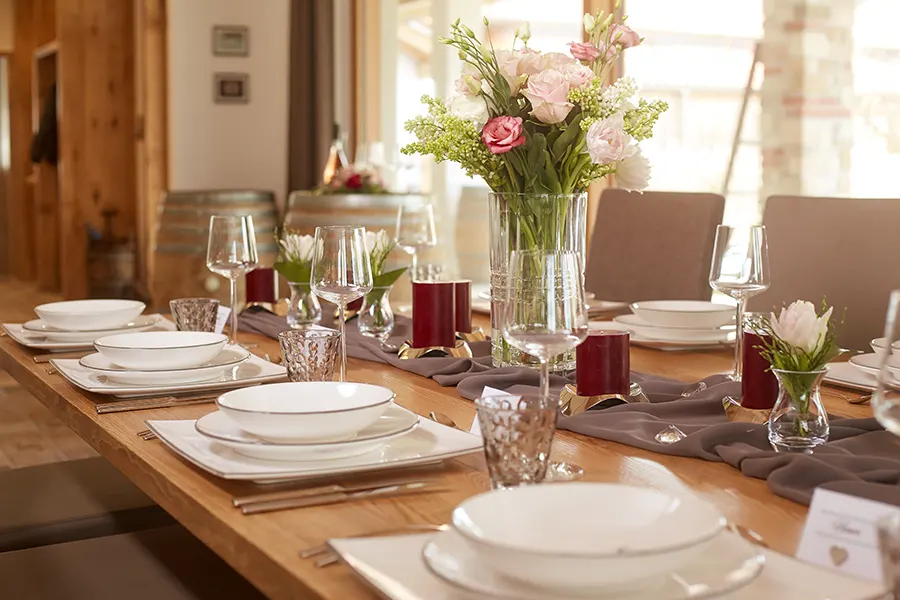
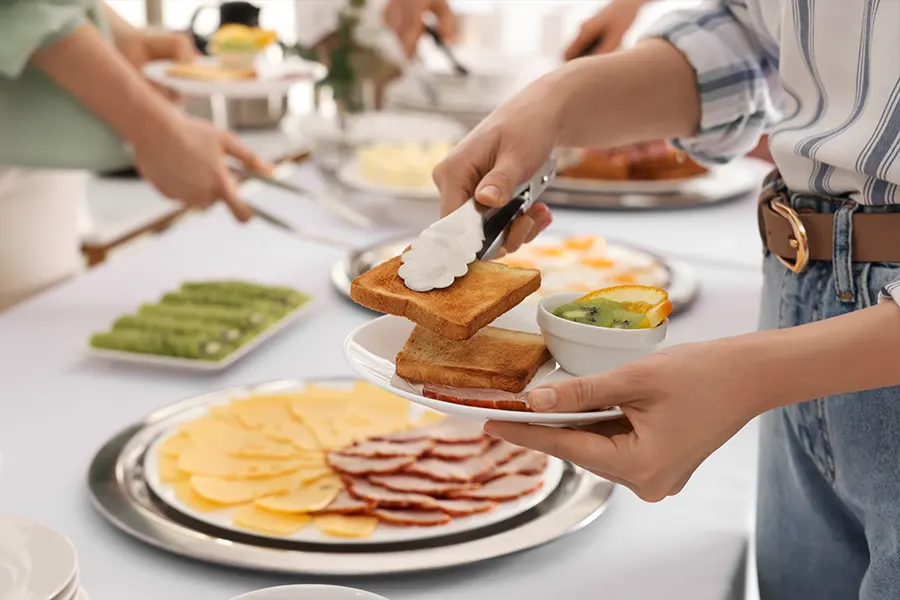

Tailored solutions
A solution for every industry.
PITO supplies bone china dinnerware wholesale solutions and bulk-custom solutions, tailor-making high quality products just for you.
Related Articles
FAQs about PITO Bone China Dinnerware
Bone china is a premium type of porcelain made from a blend of clay, minerals, and bone ash (usually from cattle bones). PITO’s bone china dinnerware is lightweight, translucent, and smooth to the touch, making it a top choice for luxury tableware and fine dining enthusiasts.
Lightweight and Durable: Easier to handle than traditional porcelain and built to withstand everyday use.
Elegant and Translucent: The crystal-clear porcelain and warm luster add sophistication to any dining table.
Modern Functionality: Safe for microwave, dishwasher, and oven (up to 400°F), combining convenience and luxury.
Hand Wash Recommended: Use mild detergent with a soft cloth or sponge; avoid metal brushes or abrasive cleaners.
Dishwasher Safe: Pieces without metallic decoration can go in the dishwasher on a gentle cycle; water temperature should not exceed 60°C (140°F).
Proper Storage: Keep away from direct sunlight and extreme temperatures. Use soft cloth between stacked pieces to prevent chipping.
PITO bone china dinnerware combines elegance and durability, perfect for:
Formal Dining: Enhance banquet settings and impress guests with luxury tableware.
Everyday Home Use: Add a sense of ceremony to daily meals.
Special Gifts: Ideal for weddings, anniversaries, or holidays as high-end, memorable gifts.
Modern trends favor lightweight, translucent, and elegant bone china dinnerware. Popular designs include matte finishes, sculpted edges, and minimalist lines. Whether for restaurants, hotels, or home dining, PITO tableware merges timeless elegance with contemporary style, making every meal a refined experience.

